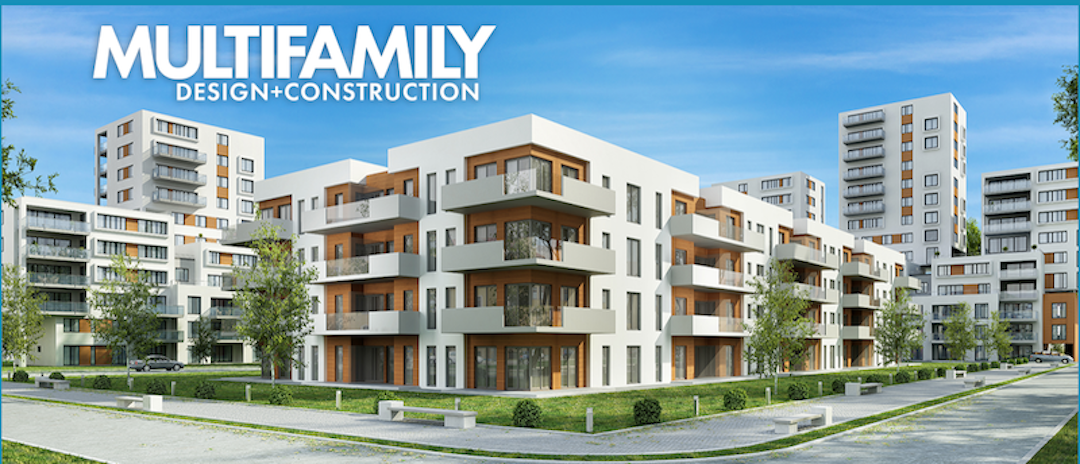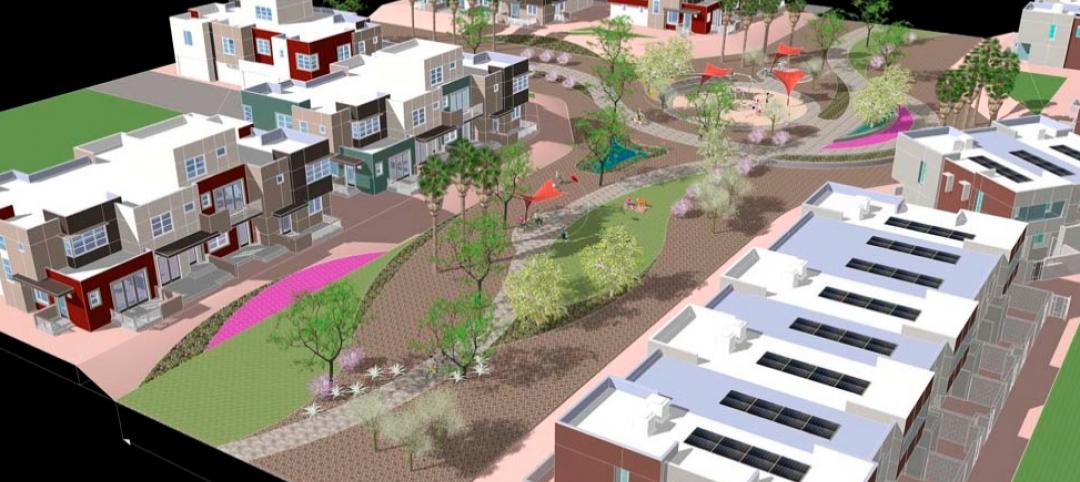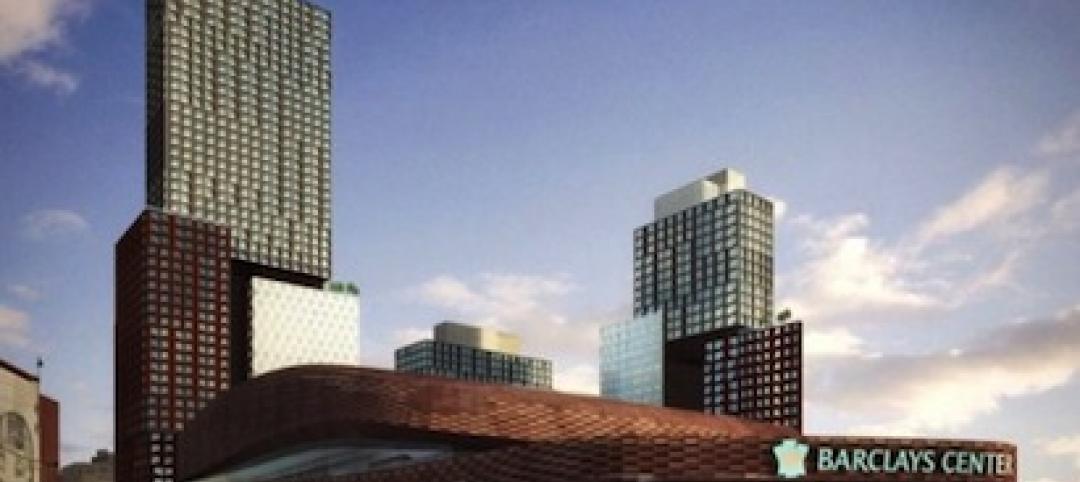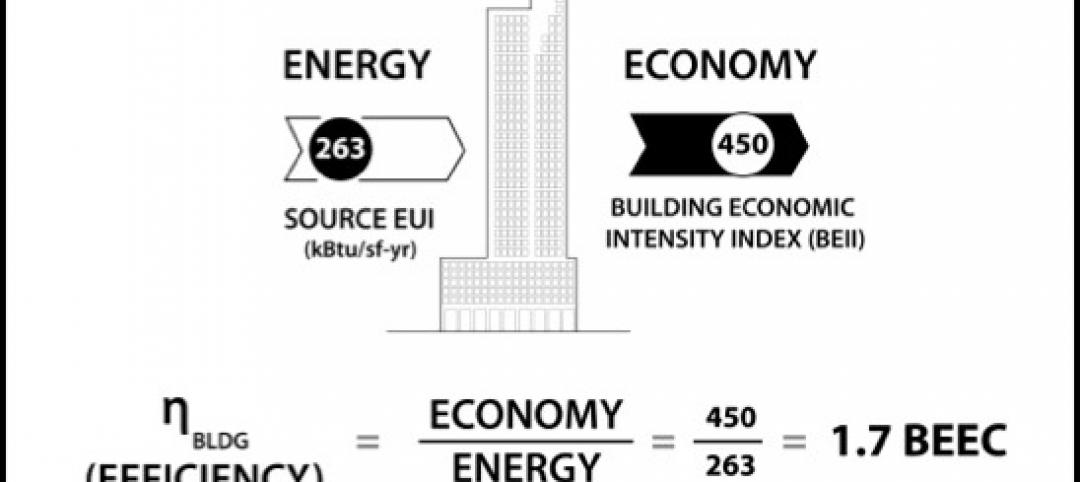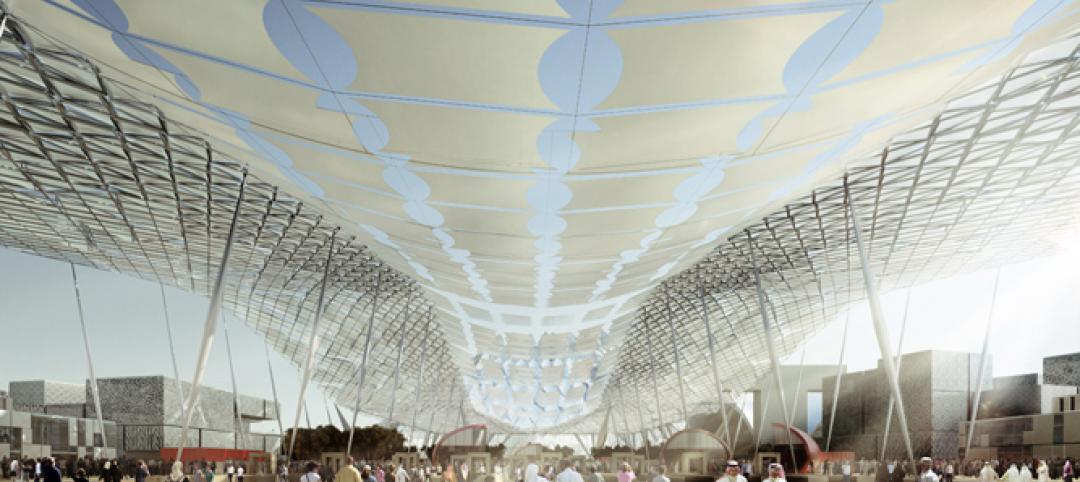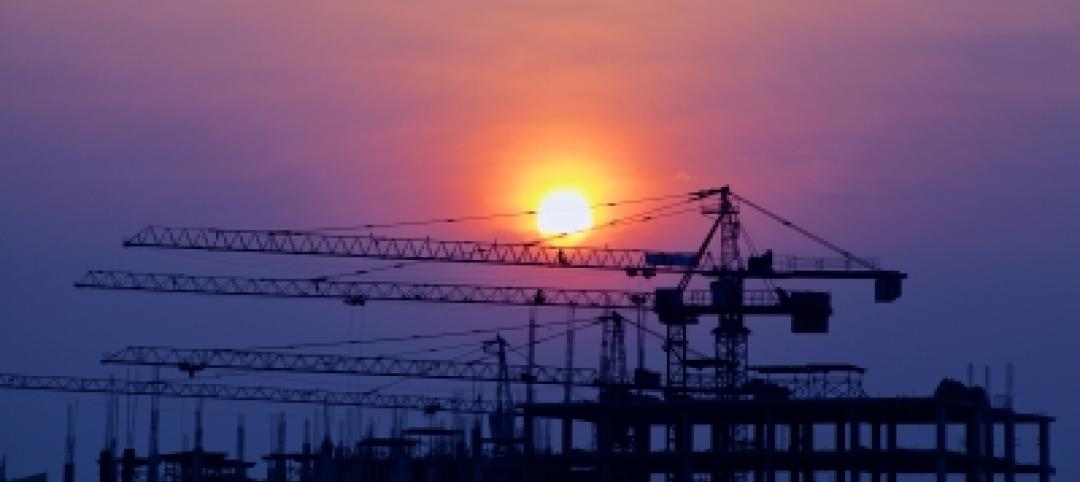Early results from the 2021 “Multifamily Amenities Survey” from MULTIFAMILY Design+Construction show that the majority of respondents – multifamily developers, apartment operators, architects, contractors, and others in the apartment/condominium sector – either modified their amenities, added new ones, implemented amenity innovations, or took out some amenities from their customary offerings – all in response to the Covid-19 pandemic.
“We’re taking Covid seriously in all aspects,” said one respondent. Another said, “We’re rethinking and reimagining amenities packages to be safer and healthier.”
Multifamily housing owner/operators reported having to close recreation facilities due to the pandemic – a sore point for many residents who love their fitness centers, pools, and hospitality areas. One developer noted the burden of “increased cost for cleaning/maintenance.” Another said their company was able to reopen its swimming pools after temporary closure, but with reduced capacity. Apartment property managers have had to temporarily close dog parks, outdoor grilles and kitchens, and children’s playgrounds, depending on local Covid directives.
But a significant chunk of respondents said they’re sticking with what they’ve always provided. As one respondent put it, “We have not cut back the usual high-quality amenities as we feel the long view will be back.”
Yet many respondents expressed concerns about the long-term effect of the Covid-19 pandemic on their properties in the future. “Since Covid, customers want more from their home,” said a respondent. “They need more places for children to learn and more places for them to work from home. This creates a need for more technological advancement.”
GET ALL THE DATA FROM OUR 3 AMENITIES SURVEYS
This is the 3rd biannual Amenities Survey sponsored by MULTIFAMILY Design+Construction and its sibling publication, Building Design+Construction. This year's survey measures 124 amenities data points. In the final report, the results of the 2021 survey will be compared to the data from the 2017 and 2019 Amenities Surveys.
The survey is open to Multifamily developers, property managers, architects/designers, and builder/contractors. Those who complete the survey will receive a comprehensive PDF report comparing the data from all 3 surveys before anyone else gets the data. (Non-respondents will have wait for publication and register online to get the PDF report.) Click here to get started.
SPACE PLANNING AND ALLOCATION ON THEIR MINDS
Responses from just the first week show that multifamily real estate, design, and construction professionals are struggling with how to deal with planning and space allocation as a result of the pandemic.
“We have added work-from-home spaces within unit plans as well as additional small gathering spaces in amenity areas,” said one respondent. Another said “individual work pod rooms for residents working from home but don't want to be in their residential units” was a priority.
Yet another said “the latest client request” has been to introduce a shared work space room with individual work pods and a lounge area with coffee/drink station.
“We moved furniture and equipment to meet social distancing requirements,” a respondent replied. Another added acrylic screens at reception desks in its properties.
One respondent’s company is “paying more attention to materials and furniture, fixtures, and other products that are easily cleanable.” Another has been installing air purification systems as a retrofit in amenity spaces and elevator areas.
BIGGEST CONCERN: DEALING WITH WORK FROM HOME
Many respondents reported efforts to respond to the skyrocketing work-from-home demand, such as:
- In-residence work nooks
- Privatized work/study spaces on each floor to serve work from home
- Outdoor workstations
- Larger apartment unit sizes to accommodate work from home
- Isolation rooms for shared living units
Others have installed outdoor fitness options, placed sanitizing stations around their communities, and added touchless access controls. ICovid instructional signage in shared areas, third-party resident virtual events, and hands-free entry doors at the clubhouse and on fixtures in common area bathrooms were among other actions taken by respondents.
One developer, whose current projects were still in the design development phase, was able to change the design to add exterior balconies and in-home work nooks for every apartment.
One developer was considering “multiple smaller social spaces rather than one large gathering area, and more individual small-group breakout areas.” Another said future developments would “disperse amenities throughout the project rather than in one mega-amenity,” and put more investment in outdoor spaces.
As one respondent concluded, “We believe many [occupiers] will continue to work from home at least part time after the pandemic, so we’re recommending more communal working space, such as coworking with private spaces."
COVID-RELATED AMENITIES NOT THE WHOLE STORY
Many respondents had introduced other new offerings in their amenity packages in the last two years, notably:
- Rooftop track/walking path
- Free Wi-Fi
- Dog-friendly streetscapes
- Rooftop off-leash dog park
- Picnic gazebo
- Rock climbing
- Pickleball courts (see “Pickleball, anyone?”)
Among the more interesting and unusual amenity upgrades cited:
- Senior in-house medical space
- Hydroponic farm/aquaculture
- Food truck
- Circadian lighting
Individual developments added art spaces, galleries, music practice rooms, and chess tables.
TECHNOLOGY IMPROVEMENTS OF INTEREST, TOO
Some survey respondents said they were “addressing the need to provide increased electrical power needs to individual units" – perhaps yet another response to the work-from-home phenomenon.
Others added extra electrical for charging cellphones and laptops outside, as residents choose to work outdoors as much as possible.
Several multifamily housing firms also added electric vehicle charging outlets in their garages.
Some property managers apparently were keen to make renters more aware of their utility usage, by installing water and electricity meters in individual living units.
Security upgrades and better package management systems were also on the list of technological improvements.
DON’T WAIT – START THE SURVEY NOW!
The survey is open for your input. Click here to get started.
Related Stories
| Dec 31, 2013
BD+C's top 10 stories of 2013
The world's tallest twisting tower and the rise of augmented reality technology in construction were among the 10 most popular articles posted on Building Design+Construction's website, BDCnetwork.com.
| Dec 27, 2013
$1 billion 'city within a city' development approved by Coachella, Calif., city council
The mega development includes 7,800 homes, a retail center, office space, and nearly 350 acres of open space.
| Dec 23, 2013
MBI commends start of module setting at B2, world's tallest modular building
The first modules have been set at B2 residential tower at Atlantic Yards in New York, set to become the tallest modular building in the world.
| Dec 20, 2013
Can energy hogs still be considered efficient buildings? Yes, say engineers at Buro Happold
A new tool from the engineering firm Buro Happold takes into account both energy and economic performance of buildings for a true measure of efficiency.
| Dec 13, 2013
Safe and sound: 10 solutions for fire and life safety
From a dual fire-CO detector to an aspiration-sensing fire alarm, BD+C editors present a roundup of new fire and life safety products and technologies.
| Dec 10, 2013
16 great solutions for architects, engineers, and contractors
From a crowd-funded smart shovel to a why-didn’t-someone-do-this-sooner scheme for managing traffic in public restrooms, these ideas are noteworthy for creative problem-solving. Here are some of the most intriguing innovations the BD+C community has brought to our attention this year.
| Dec 4, 2013
First look: Dubai's winning bid for World Expo 2020 [slideshow]
Dubai has been chosen as the site of the 2020 World Expo. HOK led the design team that developed the master plan for the Expo, which is expected to draw more than 25 million visitors from October 2020 through April 2021.
| Nov 27, 2013
Exclusive survey: Revenues increased at nearly half of AEC firms in 2013
Forty-six percent of the respondents to an exclusive BD+C survey of AEC professionals reported that revenues had increased this year compared to 2012, with another 24.2% saying cash flow had stayed the same.
| Nov 27, 2013
Wonder walls: 13 choices for the building envelope
BD+C editors present a roundup of the latest technologies and applications in exterior wall systems, from a tapered metal wall installation in Oklahoma to a textured precast concrete solution in North Carolina.
| Nov 26, 2013
Construction costs rise for 22nd straight month in November
Construction costs in North America rose for the 22nd consecutive month in November as labor costs continued to increase, amid growing industry concern over the tight availability of skilled workers.


